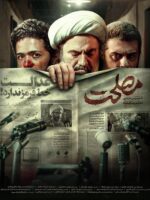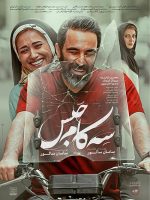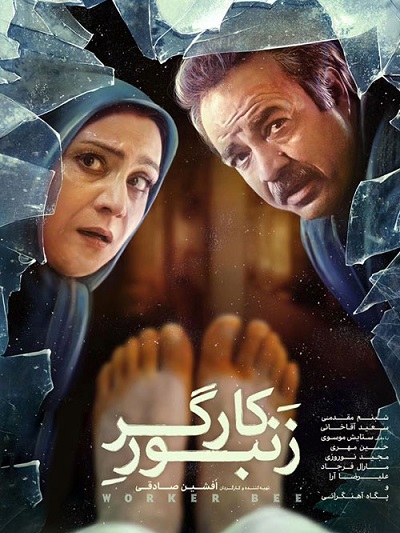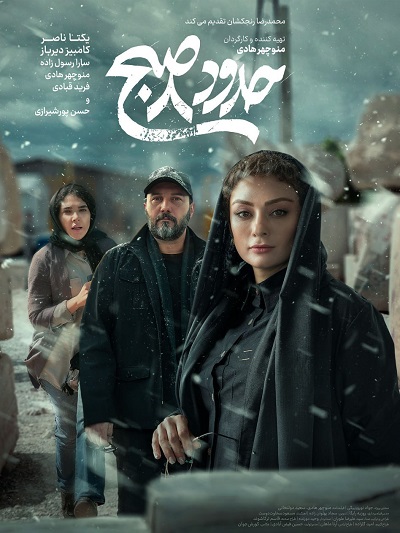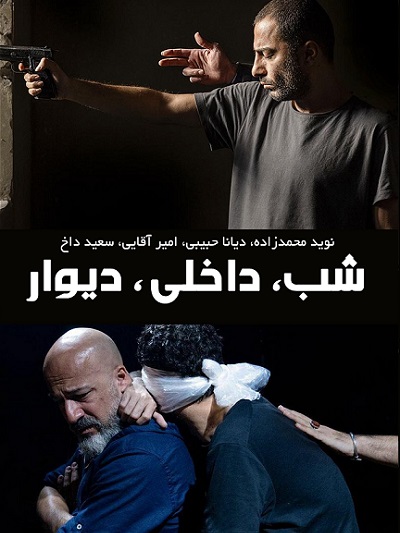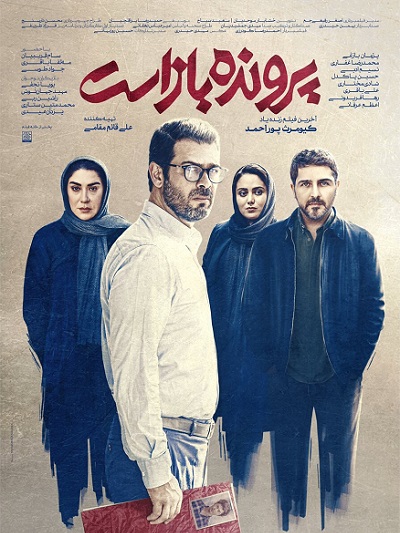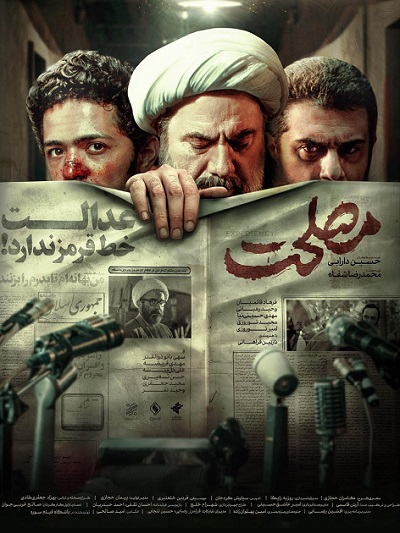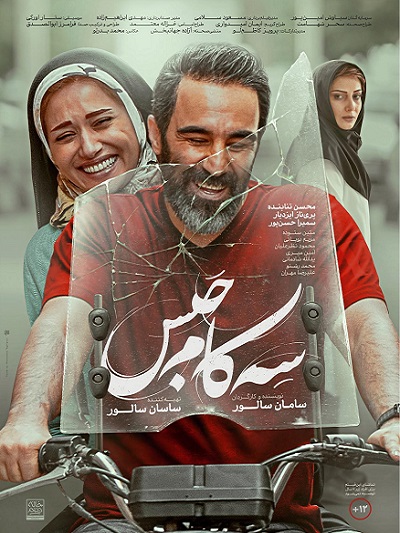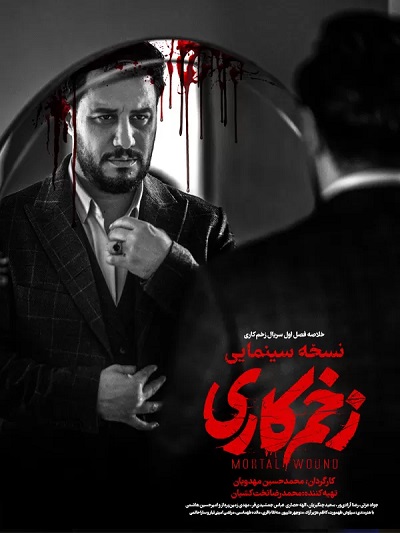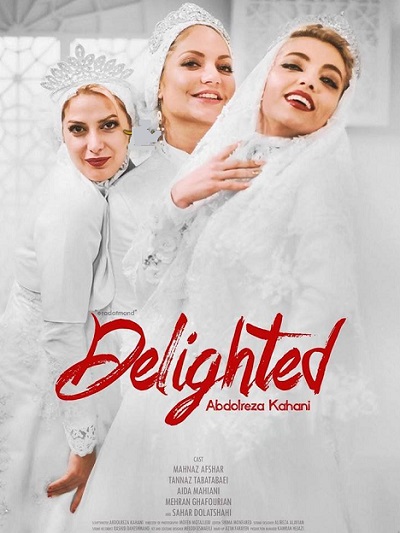Bi Roya
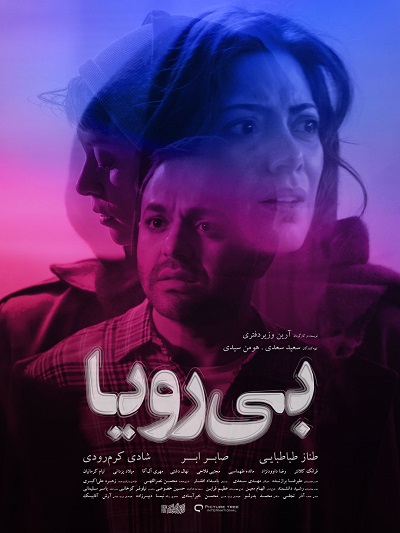
This film was shown for the first time in the 40th Fajr Film Festival. The movie Bay Roya is the story of a young couple named Roya and Babak who are planning to emigrate from Iran. Two weeks before Roya’s migration, he meets a nameless girl. The presence of the girl in their lives has led to strange events and gradually the identity of Roya is transformed. The mystery of Roya’s identity becomes more and more complete with the presence of the girl in his and Babak’s life.
Director
Arian Vazirdaftari
Azar Tajalli
Hossein Khozouei
Cast
Faranak Kalantar
Maede Tahmasbi
Mehri Aleagha
Milad Yazdani
Mojtaba Fallahi
Nahal Dashti
Reza Davoudnejad
Saber Abar
Shadi Karamroudi
Along with China, Iran has been lauded as one of the best exporters of cinema in the 1990s. Some critics now rank Iran as the world’s most important national cinema, artistically, with a significance that invites comparison to Italian neorealism and similar movements in past decades. A range of international film festivals have honoured Iranian cinema in the last twenty years. Many film critics from around the world have praised Iranian cinema as one of the world’s most important artistic cinemas
The earliest examples of visual representations in Iranian history may be traced back to the bas-reliefs in Persepolis (c. 500 BC). Bas relief is a method of sculpting which entails carving or etching away the surface of a flat piece of stone or metal. Persepolis was the ritual center of the ancient kingdom of Achaemenids and “the figures at Persepolis remain bound by the rules of grammar and syntax of visual language.” Iranian visual arts may be said to have peaked about a thousand years later during the Sassanian reign. A bas-relief from this period in Taq Bostan (western Iran) depicts a complex hunting scene. Similar works from the period have been found to articulate movements and actions in a highly sophisticated manner. It is even possible to see the progenitor of the cinema close-up: a wounded wild pig escaping from the hunting ground, among these works of art. After the conversion from Zoroastrianism to Islam; Persian art continued its visual practices. Persian miniatures provide great examples of such continued attempts. The deliberate lack of perspective in Persian miniature enabled the artist to have different plots and sub-plots within the same image space. A very popular form of such art was Pardeh Khani. Another type of art in the same category was Naqqali. Popular dramatic performance arts in Iran, before the advent of cinema, include Marionette, Saye-bazi (shadow plays), Rouhozi (comical acts), and Ta’zieh. cinema entered into the public realm, but, its cultural and economic capabilities were still unknown. As a consequence, theaters experienced a growing trend at the outset as to reveal economic attractions of cinema. Due to equating him with the Iranian Constitutional Revolutionaries, Mirza Ebrahim Khan Sahhafbashi’s Kinetoscopes corridor didn’t last for even a month and was closed, resulting in his leaving Iran. Then, it was the turn of Rousi Khan’s public theater. It, too, didn’t survive for a long time as the public theater was plundered during conflicts between Mohammad Ali Shah and Constitution Revolutionaries and, moreover, he himself fled abroad. After him, it was‘ Ardeshir Khan Armeni’ who introduced the real meaning of running and using cinema, continuing until long after him.
